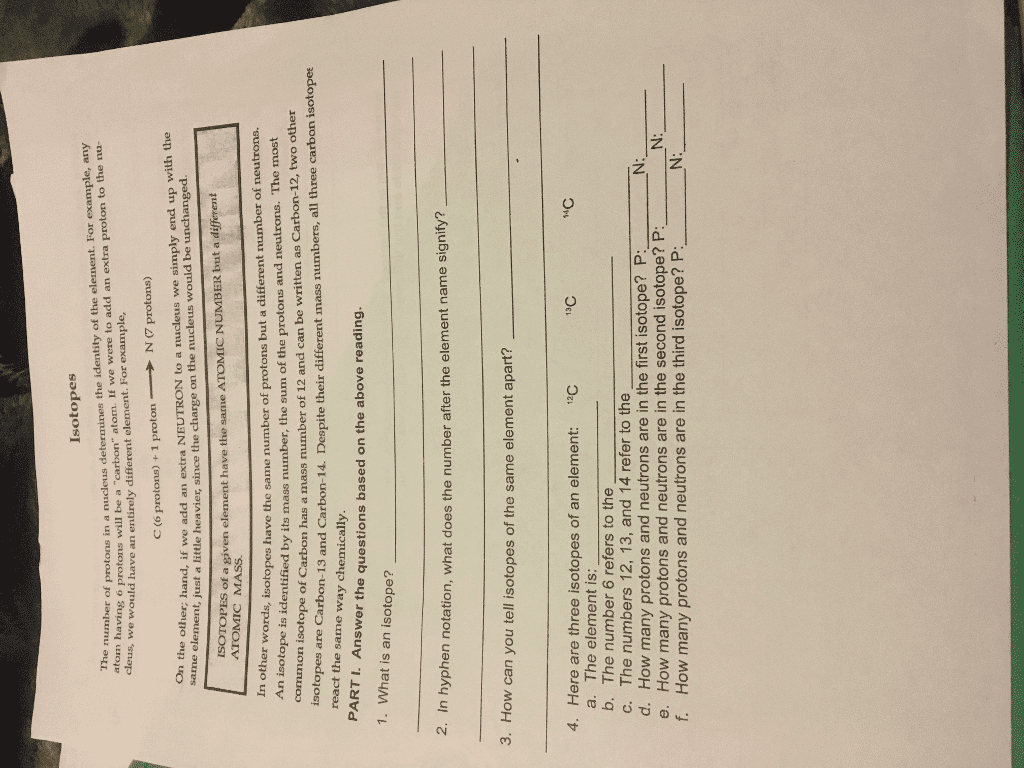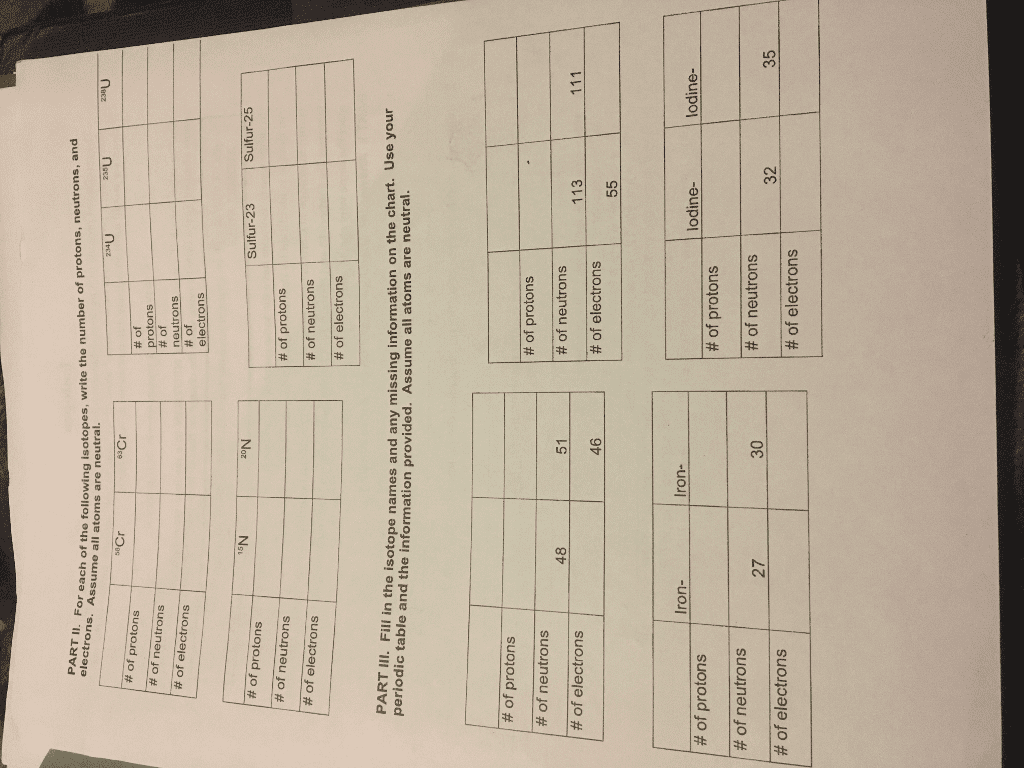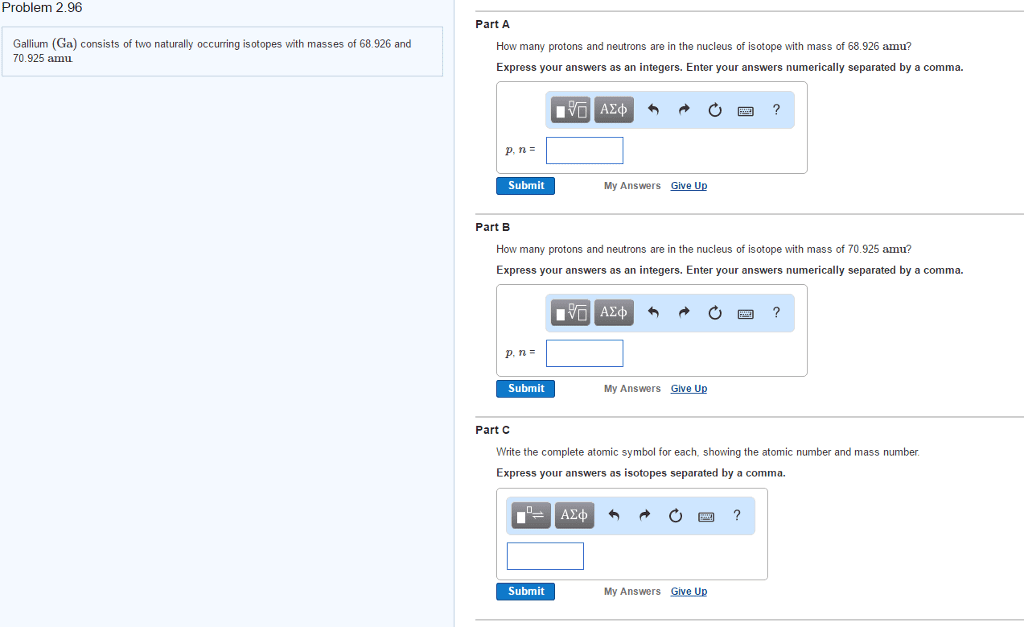CHEM 11200 Lecture Notes - Lecture 5: Atomic Number, Weighted Arithmetic Mean, Carbon-12
Document Summary
Halogens (not fluorine) has -1 oxidation and oxygen family has -2 oxidation. F o n cl br i s c h. Atom: smallest unit of any element and consist of protons, neutrons, and electrons, which are detailed below. Every neutral atom has an = # of protons and electrons. Z = atomic number is the number of protons in the most common isotope of a certain element. A = atom s mass number which is the sum of protons and neutrons. Isotopes: two atoms of the same element with different numbers of neutrons in the nucleus. Example: carbon 12 and 14 are two types of carbon isotopes that have different numbers of neutrons (6 and 8 respectively). Isotopes have the same atomic number (z) but different mass number (a) Atomic weight: is the weighted average of all the naturally occuring isotope masses of a certain element.





